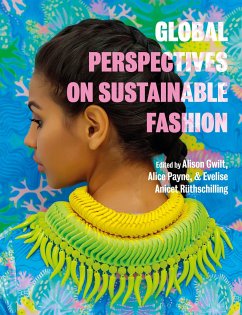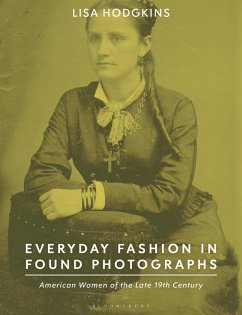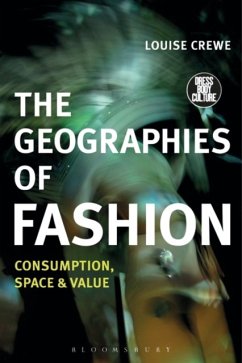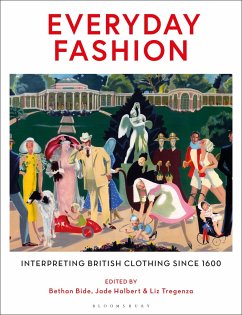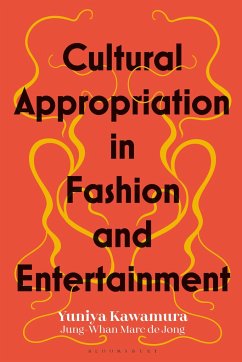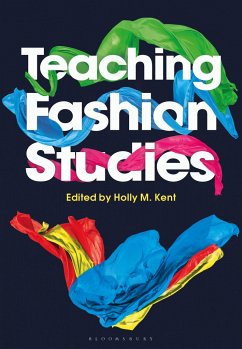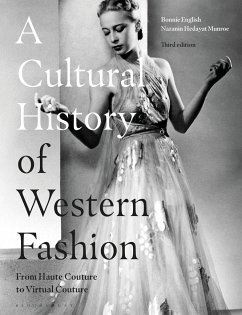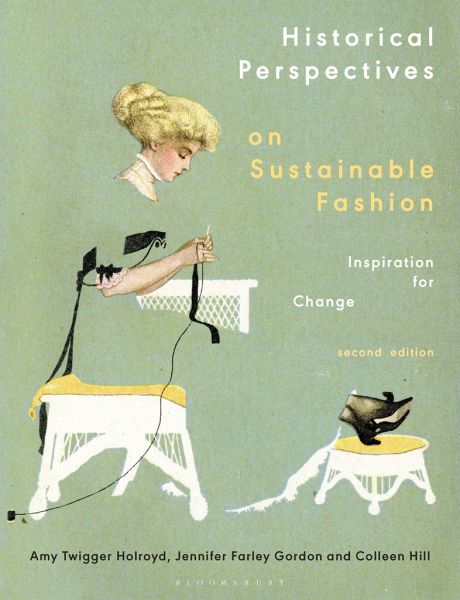
Historical Perspectives on Sustainable Fashion
Inspiration for Change
Versandkostenfrei!
Versandfertig in 2-4 Wochen
35,99 €
inkl. MwSt.
Weitere Ausgaben:

PAYBACK Punkte
18 °P sammeln!
For centuries, the fashion industry has struggled to reconcile style with sustainability. In Historical Perspectives on Sustainable Fashion, you will be transported back in time to discover the historical dimensions of today's sustainable fashion movement. An array of success stories and cautionary tales provide both inspiration and warnings for the eco-conscious designer, encouraging an innovative approach that builds on predecessors' discoveries to move the practice of fashion forward. The 1st edition, Sustainable Fashion: Past, Present and Future, emerged from the Museum at FIT's groundbrea...
For centuries, the fashion industry has struggled to reconcile style with sustainability. In Historical Perspectives on Sustainable Fashion, you will be transported back in time to discover the historical dimensions of today's sustainable fashion movement. An array of success stories and cautionary tales provide both inspiration and warnings for the eco-conscious designer, encouraging an innovative approach that builds on predecessors' discoveries to move the practice of fashion forward. The 1st edition, Sustainable Fashion: Past, Present and Future, emerged from the Museum at FIT's groundbreaking exhibition 'Eco-Fashion: Going Green'. This revised edition broadens perspectives even further, incorporating eye-opening examples of designers, brands and activists working for change across the world today. Likewise, a new chapter examines the globalized mainstream fashion system and historical alternatives that provide compelling inspiration for reimagining the status quo. Fascinating and timely, Historical Perspectives on Sustainable Fashion examines progressive fashion through a historical lens, encouraging readers to question the state of the industry and demonstrating the value of historical insights in enabling and inspiring change.




